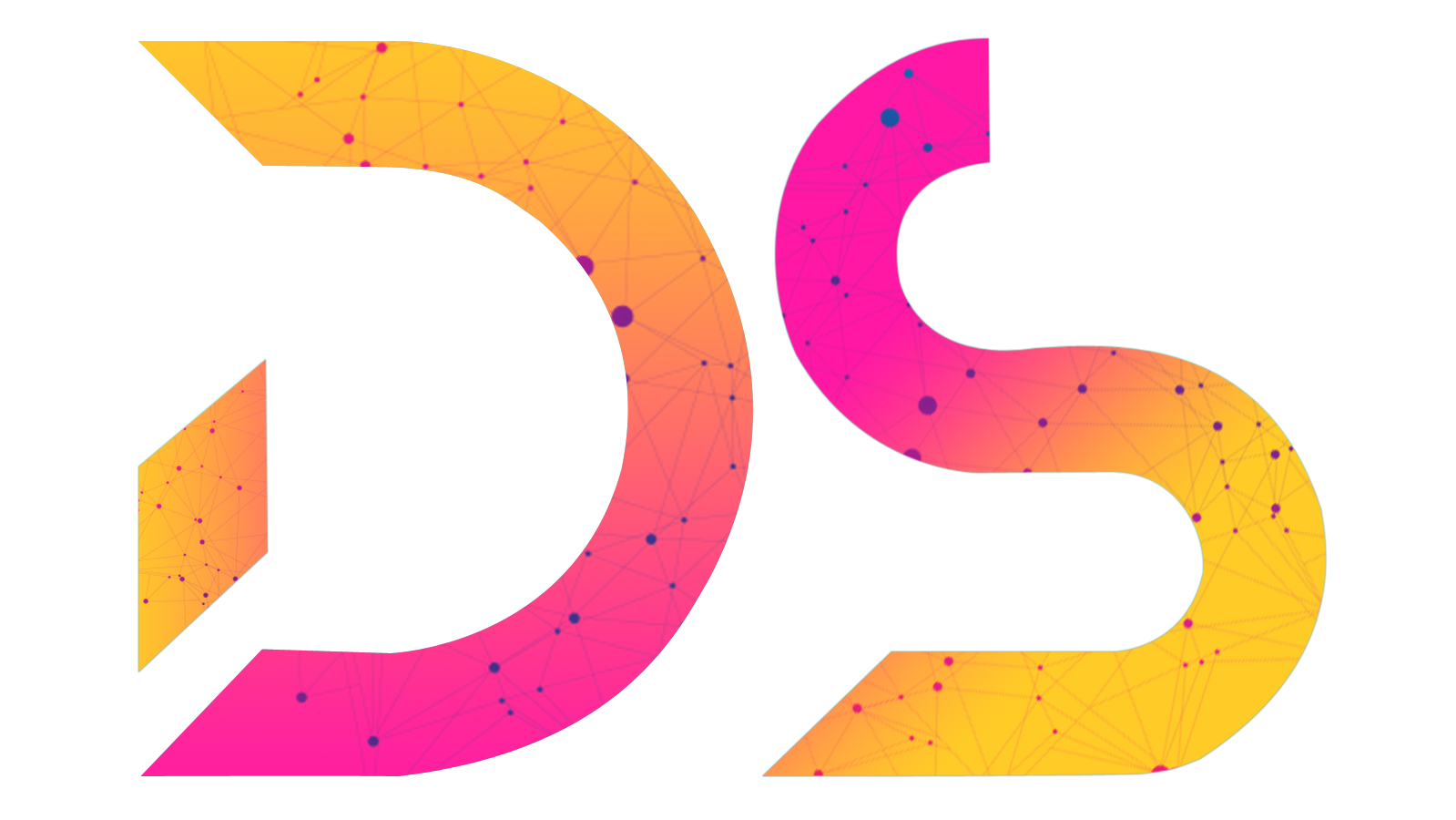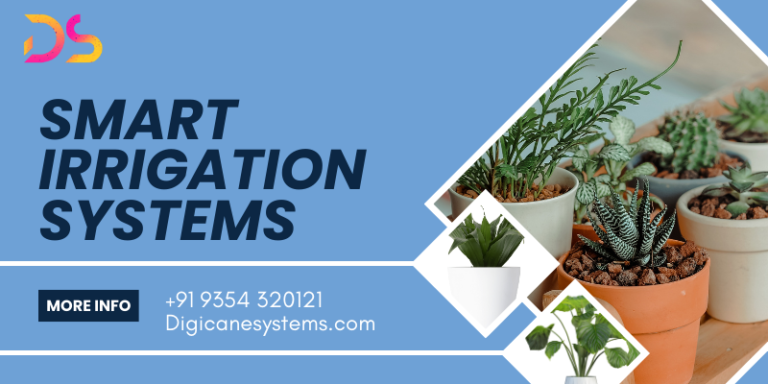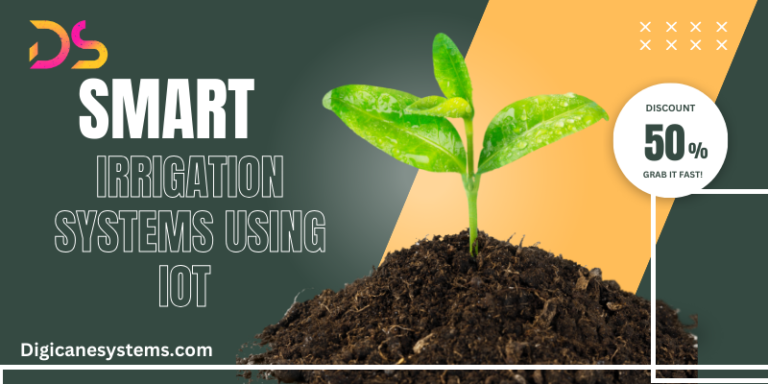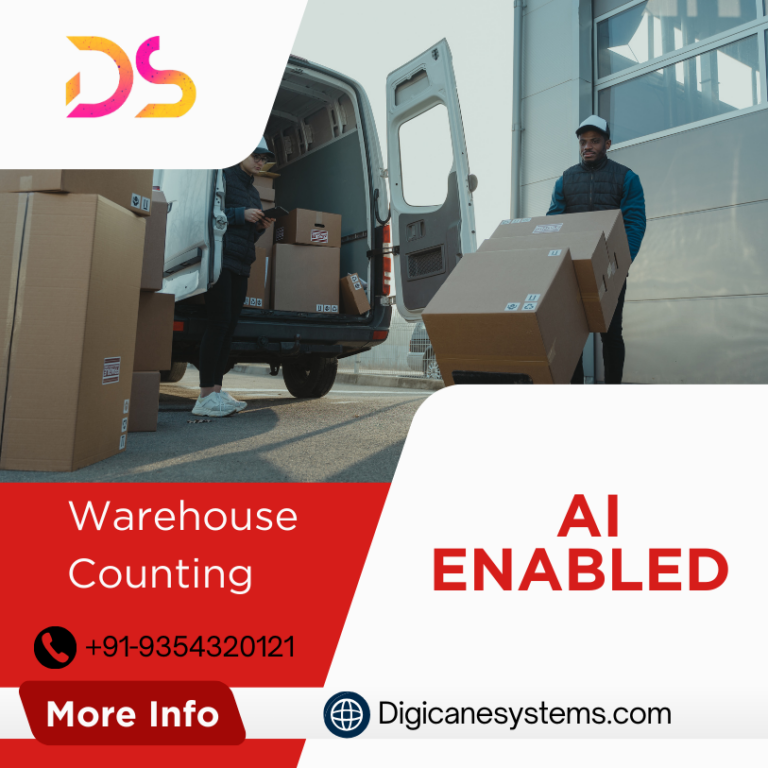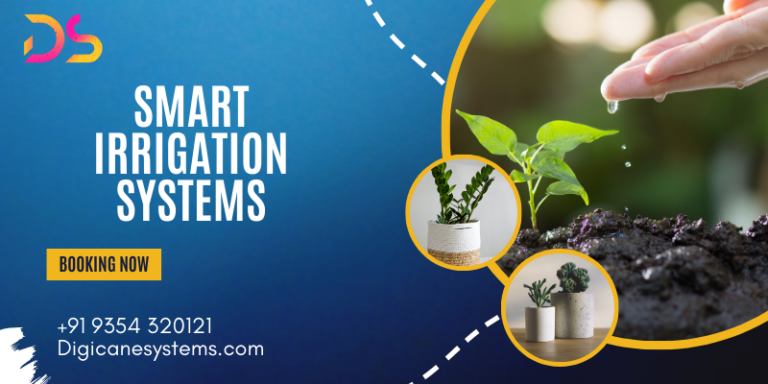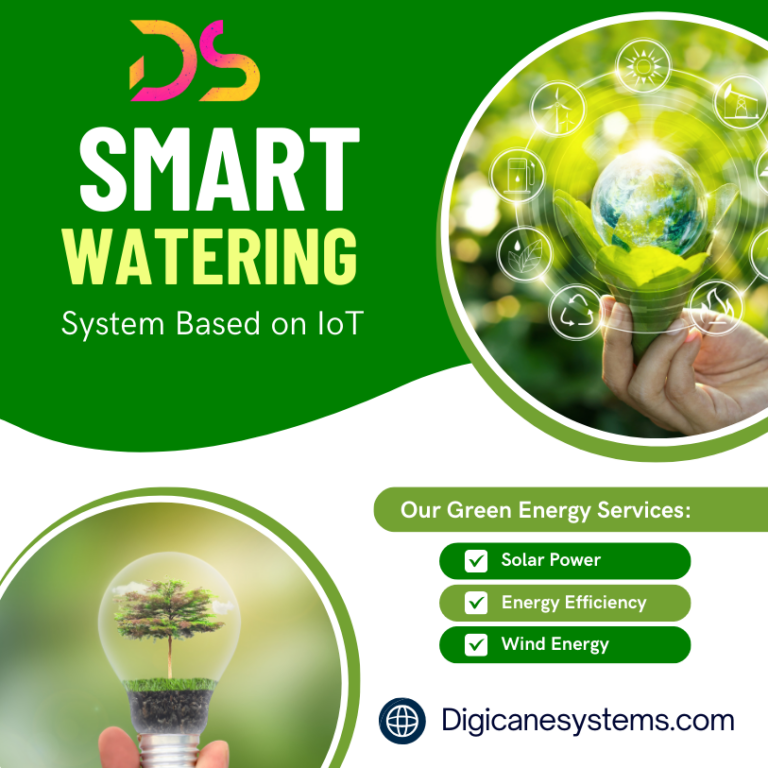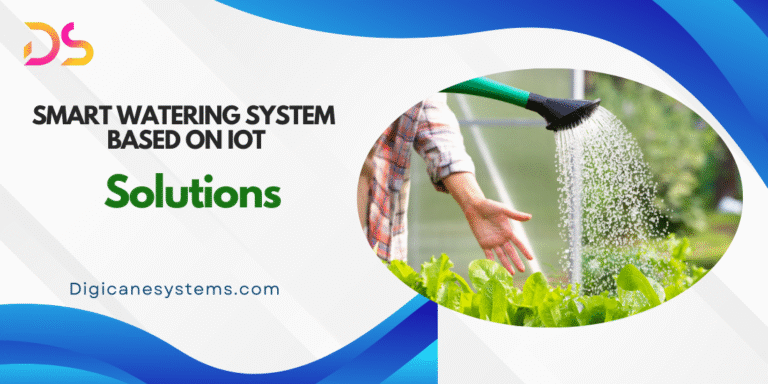Modules to build an IoT-based Smart Irrigation System using ESP32 for Garden Water Management
IoT-based Smart Irrigation System using ESP32 for Garden Water Management
Power Supply Module
It is vital that the power supply module ensures all components of the IoT based smart irrigation system are receiving the correct voltage and current. Typically, a transformer is used to reduce the voltage from 220V AC down to 24V AC. The AC voltage is rectified, filtered and converted to a DC voltage using capacitors and voltage controllers. This diagram shows the use of LM7812 & LM7805 voltage regulators to reduce the voltage from 12V to 5V, respectively. These voltages are needed to power various components, such as the ESP32 Microcontroller, Relay Module, Sensors, and other peripheral devices. This module is responsible for the stable and reliable operation throughout the system.

Microcontroller Module
The ESP32 module is at the core of an IoT-based smart irrigation systems. The ESP32 microcontroller module is responsible for processing the input from different sensors and controlling output devices such as the water pump and relay modules. The ESP32 connects to a Wi-Fi network for remote control and monitoring via a mobile or web application. The microcontroller is fed data by the soil moisture sensor and temperature sensor. It decides if the water pump should be turned on or off based on predefined threshold values, algorithms and other factors. It can also send data in real time to the cloud, and inform the user about the status of the system and any required actions via notifications.
Sensor Module
Sensor modules include sensors that send data to microcontrollers. The soil moisture sensor sends data to the ESP32. The soil will need watering if the moisture level falls below a threshold. The DHT11 and DHT22 sensors monitor the environmental conditions in the garden. They provide additional contextual information that can be used for more informed irrigation decisions. These sensors are essential for automating irrigation and creating optimal watering schedules that take into account soil and environmental conditions in real time.
Relay Module and Water Pump Module
The relay module is used as a switch to control the ESP32 and turn on or off the water pump. The microcontroller sends a signal when it receives the data from the soil moisture sensors indicating that the soil is drying. This signals the relay to close circuit and turn on the water pumps. The water pump pumps water into the garden through the irrigation system. The ESP32 will send another signal once the soil reaches a certain moisture level. This will open the relay and turn off the water pump. This module makes sure that water is only applied to the garden when it’s needed. It also prevents over-irrigation.
Display and Notification Module
Display and notification module is made up of LCD display, and possibly a buzzer. The LCD screen displays real-time status information, including soil moisture, temperature, humidity and water pump status. Users can monitor the system easily without having to use the web application. The buzzer can also be used to alert users in case of an issue, such as low moisture levels, or a malfunction with the system. This module improves the system’s usability by Smart Watering System Using IoT that immediate feedback to the user and notifying them of any issues.
